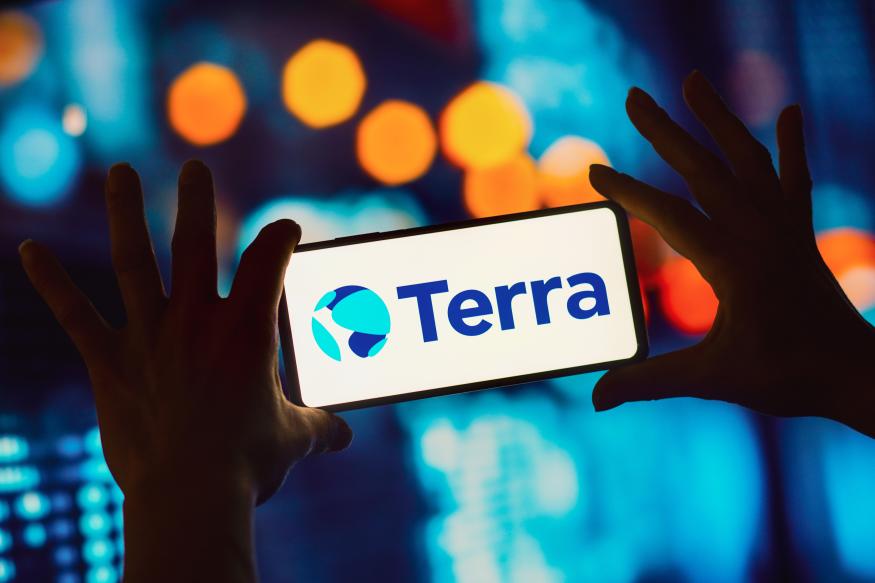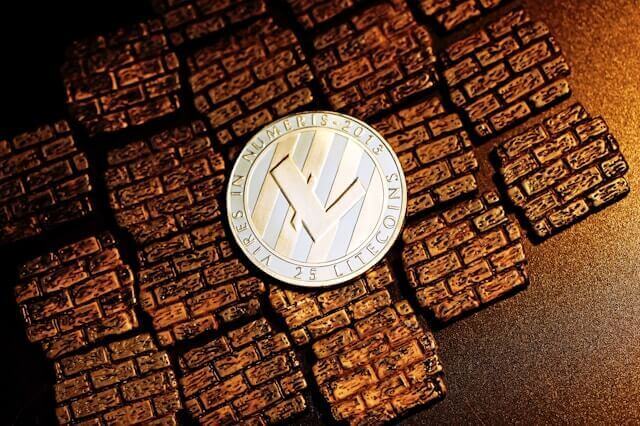The emergence of crypto and blockchain technology to its present degree of worldwide acceptability and attention is mainly due to the work of crypto PR and marketing agencies. In 2024, these agencies have exhibited their ability to elevate projects from invisibility to popularity, implementing a wide range of tailored techniques.
Notably, Crypto PR and marketing agencies stand out for their thorough knowledge of the crypto ecosystem and their ability to create multifaceted campaigns that appeal to both the general public and industry insiders.
In general, they ensure proper company promotion using influencer marketing and community development, arranging targeted sponsored publications, and obtaining organic media coverage in top-tier media outlets. Hence, their knowledge goes beyond simple visibility; they are adept at creating a sense of credibility and stimulating significant interaction in the crypto niche.
This article will consider the top crypto PR and marketing agencies in 2024 and how they help projects gain proper paid and organic visibility.
News Coverage Agency
News Coverage Agency understands the dynamic nature of the digital landscape, especially within rapidly evolving sectors like Crypto, Blockchain, AI, Gaming, and NFTs. The team, made of seasoned professionals, ensures their clients’ brand messages reach the right audience through precise Press Release distribution, strategic Guest posting, impactful Organic news coverage, well-placed Sponsored content, or compelling interview publications.
Their expertise in search engine optimization (SEO) and data analytics enables them to track performance meticulously, refine strategies in real-time, and deliver measurable results. Moreover, the company’s commitment to transparency and client collaboration ensures that each campaign is aligned with its client’s business goals and brand vision.
LKI Consulting
LKI Consulting is an award-winning Web3 Marketing & Design Agency. In crypto since 2016, LKI worked with 252+ projects, including Binance, Waves, MELD, io.net, Raiser, and Playbux. They manage aggressive campaigns to help crypto projects grow the community before TGE and acquire users after the launch.
LKI Consulting’s expertise is in marketing strategy, product advisory, Twitter (X) growth, community management, growth hacking, KOLs management, crypto ads management, and design. In particular, they specialize in Web3 marketing for infrastructure, DeFi, and gaming projects. LKI Consulting presents itself as a data-driven Agency focused on hitting ambitious KPIs such as TVL growth, number of FTDs, downloads, unique users, and community members.
The Opinion
The Opinion is a UK-based strategic PR & marketing agency specialising in Web 3.0 and emerging tech. The company was founded by Dana Kachan, a blockchain marketing leader with an outstanding track record and author of viral business articles in big media such as Entrepreneur, Yahoo Finance, and The Economist.
The Opinion has established a reputation as a reliable marketing partner thanks to unparalleled results delivered for their clients, such as a $5.5M NFT sale, growth hacking campaigns with 3,566% returns on investment (ROI), successful token launches for projects, and many others. What sets Opinion PR apart from competitors is its unique marketing strategies, which have proved to be highly efficient for dozens of blockchain and gaming projects to date.
ICL Comms
ICL agency stands at the forefront of tech communications, offering innovative strategies for companies at every growth stage. The agency’s approach is characterized by creativity, high cost/value efficiency, flexibility and commitment to results, making it a preferred partner for Web3, AI and Music Tech projects. ICL offers a comprehensive suite of services, including Media and Kol Relations, Press Release Distribution, Crisis Communications and Personal Brand, Display Advertising and Community Growth.
Since its inception in 2018, ICL has produced thousands of articles featuring stories for industry leaders like Animoca Brands, Polygon, Gavin Wood, Blockchain.com, Wirex, Gate.io and early-stage startups. Free PR consultation is available for tech founders on the website.
CTRL-PR
CTRL-PR is a full-service success-based PR firm based in Berlin, offering effective and affordable media and public relations services tailored to your needs. They prioritize the success of every campaign first over financial commitment. Their expertise spans tech PR, crypto PR, and success-based PR, making them a trusted Crypto PR agency for your specialized requirements.
CTRL-PR doesn’t just promise outcomes; it delivers them. Their narrative-shaping prowess and seamless communication distinguish them from others. With rapid turnarounds, cost-effectiveness, and unmatched flexibility, they are established as the go-to Tech PR agency and Web3 (blockchain and cryptocurrencies). Everyone would experience a paradigm shift with CTRL-PR, where success-based campaigns aren’t just strived for but secured.
KAP Digital
KAP Digital, a Crypto marketing agency or, as its tagline, Not Just ANOTHER Crypto Marketing Agency, has a seasoned bunch of degen natives that powerhouse public launches and make them listings hyped to the moon.
No website, no active brand position, actions speaking more than words, with a team of over 1000+ individuals spread across the globe. Providing social media, graphics, KOL support, PR assistance and, best of all, the right hype picking on catchy narratives. The only way to reach them is through TG. A team full of Degens, positivity and always aiming for the moon! Chat with KAP now and dive into deep crypto.
PolyGrowth
Specializing in communications and PR, PolyGrowth is a success-based agency that is known for managing campaigns of big ticket clients such as Gate.io, Dusk Network, and Verasity. Founded in 2018, PolyGrowth has a solid track record and an outstanding network of journalists, podcasts, and KOLs.
You can request case studies and custom proposal by reaching out to PolyGrowth here.
In Summary
The top 2024 crypto PR and marketing agencies have established themselves as essential collaborators for projects aiming to create a long-lasting influence in the blockchain space. Their ability to customize campaigns to fit different budgets and their track record of getting publicity in prominent media channels make them the preferred option for both new and established firms in the cryptocurrency field.
As the sector evolves, these firms remain at the forefront, continually modifying their methods to guarantee that their clients keep up with the quick developments and stay ahead of the curve, cementing their reputations as genuine pioneers in the crypto PR and marketing space.









